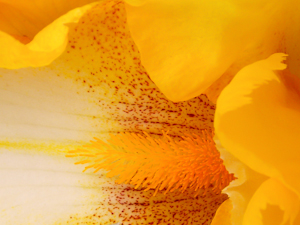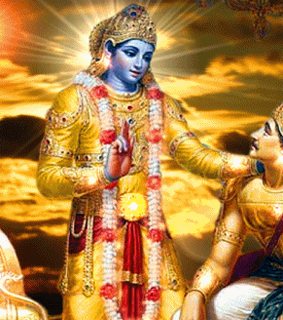The shrutisAra samuddharaNam
of
shri toTakAchArya
An Overview by C.S.Baskaran
(Part 2)
Identity of the Self and Brahman: The indwelling self is identical with the ever changeless Brahman – the pure existence consciousness. It is the cause of this Universe. The indwelling self (jIvAtman) is aware of both the ‘I’ thought (ahaMkAra ) and ‘this’ (idam- vRRitti ) that resolves in deep sleep. This is the central theme of this text. How such a statement is made, if asked, the answer is that it is not a contradiction as revealed by The Scriptures/ Upanishads. It is proved by shruti, pramANa, logic, and experience as in deep sleep. Seven such pramANa-s are referred to as follows. Continue reading





